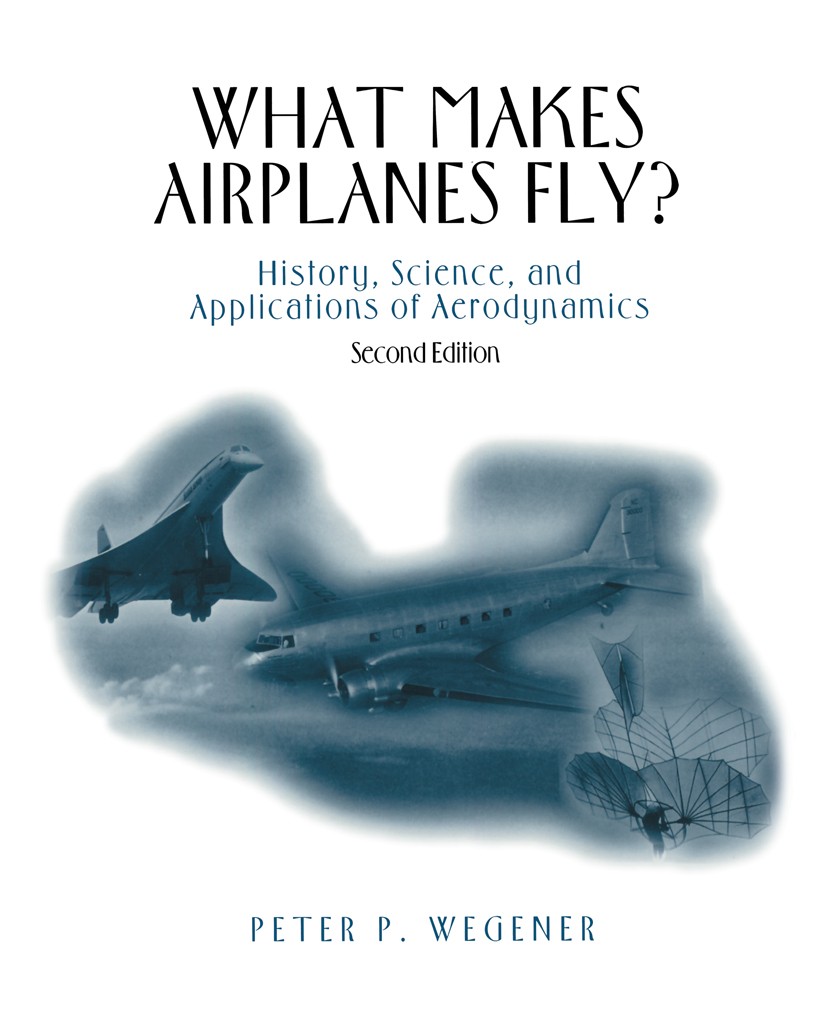| 书目名称 | What Makes Airplanes Fly? | | 副标题 | History, Science, an | | 编辑 | Peter P. Wegener | | 视频video | http://file.papertrans.cn/1028/1027758/1027758.mp4 | | 图书封面 |  | | 描述 | How can an airplane weighing many tons stay aloft for many hours, flying so smoothly that the passengers may feel less like they are moving than they would in a car? The answer, of course, lies in the wings and the air they are moving through, and the study of the flow of air around airplane wings is part of the science of aerodynamics. This book is about aerodynamics in the broadest sense. In addition to airplanes, it discusses the aerodynamics of cars and birds, and the motion of diverse object thorugh air and water. The fundamental notions of mechanics and fluid dynamics -- that is, the basic physics underlying aerodynamics -- are clearly explained. The underlying science is discussed rigorously, but only elementary mathematics is used, and only occasionally. To put the science into its human context, the author describes (with many illustrations) the history of human attempts to fly and discusses the social impact of commercial aviation as well as the outlook for future developments. This book is addressed primarily to readers whose background is not in physics or engineering. It will deepen their knowledge of these fields and add to their appreciation of some exciting recent d | | 出版日期 | Textbook 1997Latest edition | | 关键词 | aerodynamics; dynamic lift; fluid dynamics; propulsion; stability; turbulence; fluid- and aerodynamics | | 版次 | 2 | | doi | https://doi.org/10.1007/978-1-4612-2254-5 | | isbn_softcover | 978-1-4612-7474-2 | | isbn_ebook | 978-1-4612-2254-5 | | copyright | Springer-Verlag New York, Inc. 1997 |
The information of publication is updating

|
|
 |Archiver|手机版|小黑屋|
派博传思国际
( 京公网安备110108008328)
GMT+8, 2025-12-19 21:44
|Archiver|手机版|小黑屋|
派博传思国际
( 京公网安备110108008328)
GMT+8, 2025-12-19 21:44


